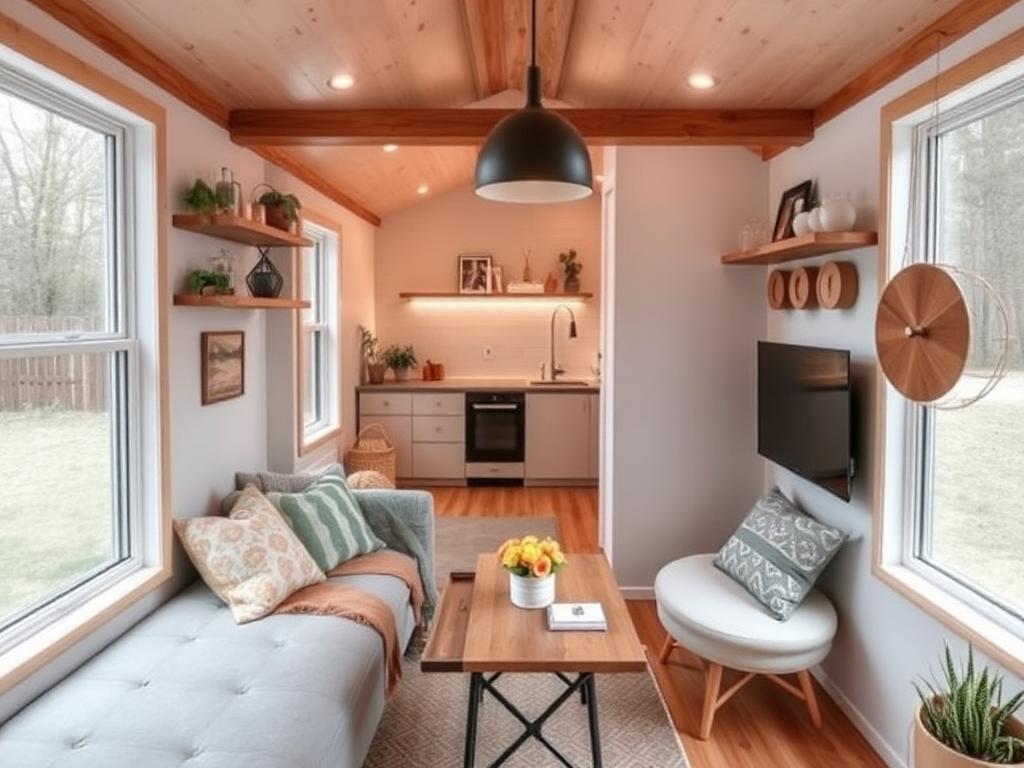Tiny living strips life down to its essentials, but that doesn’t mean sacrificing comfort or convenience. It means being intentional with every choice. You pick the right furniture, install clever storage, and curate a lifestyle that fits inside a few hundred square feet.
But one thing people often overlook in that equation? Water systems. Until the hot water runs out mid-shower. Until the dishes take forever to rinse because of low pressure. Until the drinking water starts tasting like a coin. That’s when it hits—tiny homes don’t just benefit from more innovative water systems. They need them.
Whether you're living off-grid or just downsizing to do more with less, upgrading how water flows, gets heated, and stays clean can be the unsung solution to a smoother, more sustainable life.
Let’s break it down.
Water Quality is a Bigger Deal in a Smaller Space
When your house is small, even the most minor issues may appear insurmountable. That faint odor of sulfur in the faucet water? It doesn’t stay in the tap because it spreads. A minor leak under the sink? Now your whole floor is wet.
Tiny homes magnify everything, including water quality. And while most people just deal with subpar water in a bigger house, small-space dwellers don’t have that luxury. There’s no spare bathroom to run to and no “other sink” to use.
When space is limited, you want every system in your home to pull its weight, especially your water setup. That’s where reverse osmosis greatly improves water quality without demanding extra room or complicated installations. It’s a smart move for anyone who wants reliable, clean water in a tight space.
These systems filter out things like lead, chlorine, and microplastics, leaving you with water that’s safe and tastes good. They’re small enough to fit under the sink and easy to maintain, even if you’re not exactly “handy.”
Best of all, no plumbing overhaul needed—ideal for renters or DIYers. They are easy to install and maintain in most models, even for individuals who lack special mechanical training.
Cleaner water in a smaller footprint? That’s a win-win.
Space-Saving Is Non-Negotiable
In tiny living, "Where will it go?" is a question you ask every day. And when it comes to water systems, the bulky, outdated stuff just doesn't cut it.
Traditional water heaters? It's like attempting to cram a dinosaur into a doghouse, and it's not going to happen. Tiny homes require solutions that reduce their size, without compromising performance.
Enter tankless water heaters. These are compact, wall-mounted devices that only heat water when needed. There is no tank, no wasted energy, and no playing Tetris just to squeeze one into your home.
Then there are point-of-use filtration systems. These units are installed under sinks or connect directly to faucets, filtering water only where needed. Smart, simple, and they don’t eat up valuable cabinet space.
One tiny homeowner named Carla realized her old 40-gallon water heater occupied almost half of her kitchen. Swapping it for a tankless unit not only gave her back precious space but also cut her energy bill.
The key? Prioritize dual-function, space-conscious solutions that don’t feel like compromises.
Smarter Systems Mean Less Maintenance
In a basic house, a minor leak can be quite bothersome. In a tiny house, it’s an emergency.
You don’t have the luxury of ignoring a dripping pipe when it's just a foot away from your bed. That’s why more innovative water systems with built-in monitoring and shut-off features are game changers.
Many compact systems today come with Wi-Fi-connected leak detectors or auto shut-offs. Some even send alerts to your phone when something’s off. That’s the kind of help you want when you're camping in the woods or simply trying to enjoy a weekend without worrying about a soaked floor.
And here’s another perk: these innovative systems often integrate with other tools in your home. Think of pairing your water monitor with a solar battery system or a home automation hub. If something goes wrong, you’re not only notified; you can also respond remotely. Some systems even track usage over time, helping you spot patterns and avoid waste.
Additionally, with fewer moving parts and innovative design, modern systems typically require less maintenance. And when they do need a filter change or flush, the process is streamlined, not something that eats up your whole Saturday.
Because let’s face it: living tiny doesn’t mean you want to play plumber on your only day off.
Efficiency Isn’t Just About the Environment—It’s About Sanity
People who live in tiny houses tend to be more concerned about sustainability. But saving water isn't just about hugging trees. It's about keeping your cool.
Have you ever tried rationing water during a dry spell without access to grid power? Or waiting 10 minutes for hot water to reach your faucet, wasting gallons along the way? It’s enough to make anyone cranky.
More smart systems solve that. Low-flow showerheads and faucets reduce usage without turning your rinse into a trickle. Greywater systems collect used sink or shower water and reuse it for flushing or irrigation purposes. That’s double-duty without doubling effort.
Rainwater catchment systems, combined with smart filters and pumps, turn a weather event into a resource. They are especially helpful in remote areas where every drop counts. Add solar-powered pumps, and now you’re practically off-grid royalty.
The emotional toll of constantly worrying about your next gallon of clean water is real. However, you can dodge that with innovative design and smart tech.
Because nothing’s more luxurious than not having to think about your water system every single day.
The Emotional ROI of Clean Water
Clean water is not only a technical problem. It's an emotional one. It’s comfort. It’s control in a tiny house, where you've pared everything down to the very basics, having the assurance that your water is safe, dependable, and clean, which produces a subtle kind of happiness.
It’s the hot shower after a long hike. The peace of sipping coffee without wondering what’s in your water. It’s having one less thing to worry about in a world that already asks a lot.
It reduces stress, saves time, and simply makes life feel easier. When you invest in more intelligent systems, you're not just improving function. You're improving your home environment.
And that’s a big deal in a tiny space. It’s not about having fancy tech or the latest gadget. It’s about creating a space that supports you, every day, in every drop.
Photo by Karl Hedin from Unsplash
Conclusion
Innovative water systems aren’t just a clever addition to small homes. They are essential to making a tiny living truly livable.
From better quality water to stress-free maintenance and space-saving design, these systems turn potential pain points into effortless routines. And the emotional boost that comes from knowing your home supports your needs? That’s the kind of upgrade that doesn’t show up in square footage but makes all the difference.
In tiny living, you’ve already committed to less stuff, more intention. Your water system should reflect that same energy, bright, streamlined, and solid.
Because the best kind of small living isn’t just about what you live without, it’s about what you live with—comfort, clarity, and clean water that always has your back.





Share: